How Crypto-Tokens Work: A Close Look At Golem
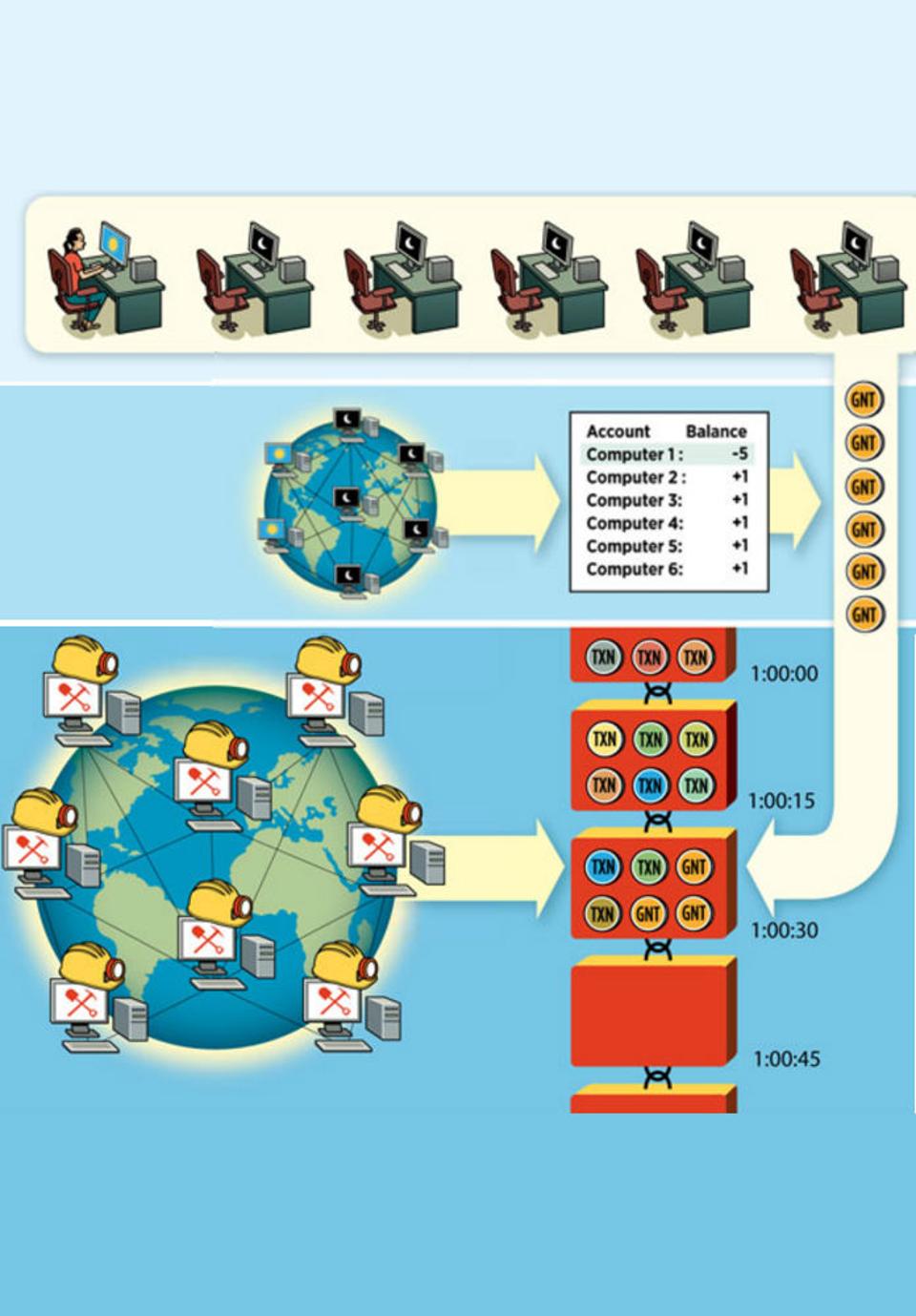 Golem Worldwide Supercomputer network aims to become the Airbnb for computing, employing idle PCs all over the planet. Here's how cryptocurrency plays a role.
Golem Worldwide Supercomputer network aims to become the Airbnb for computing, employing idle PCs all over the planet. Here's how cryptocurrency plays a role.
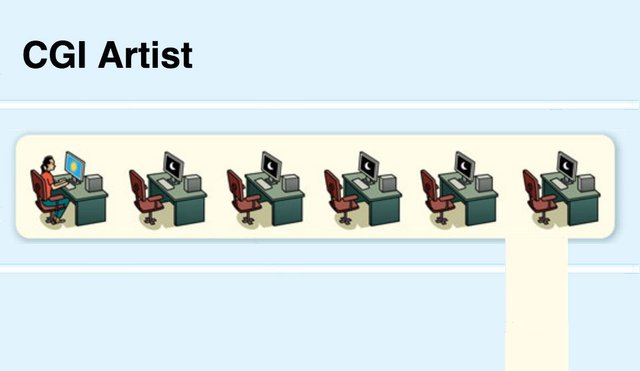
A computer-graphics artist who bought Golem Network Tokens to rent computing power on Golem tells her computer to render an animation. Golem determines the rendering can be completed by, say, five machines rendering for one hour each. (More likely, 100 for a minute each.) Each "idle" computer receives one GNT. This happens automatically.
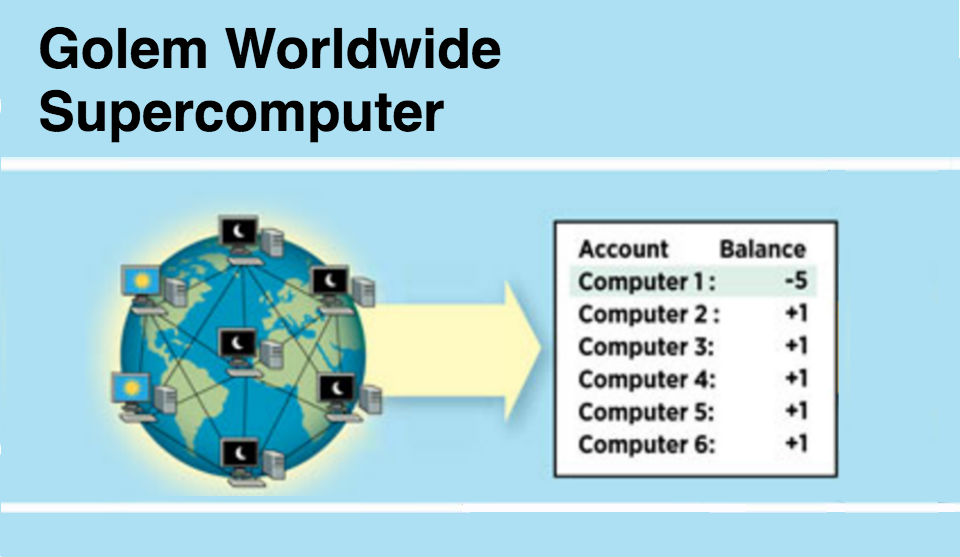
The Golem Network, in its role as an Airbnb for computing-processing power, enables machines around the world to transact with each other. Excess computing power will soon be used by data scientists, companies training machine-learning algorithms and more. Golem had an ICO in November, and its tokens have already appreciated 4,425%
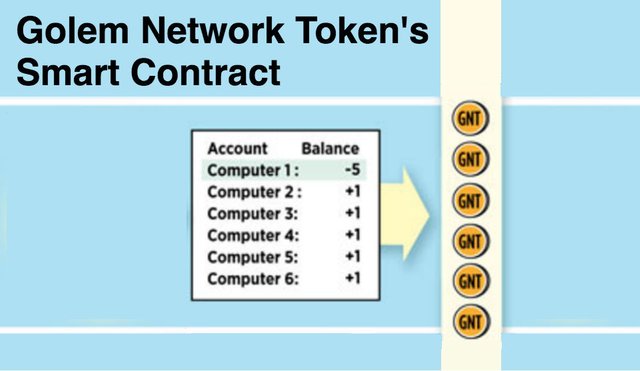
GNTs aren't actually traded on the Golem Network itself. Ethereum makes it so easy to create tokens that the Golem Network (like many other networks) uses an Ethereum "smart contract" to trade GNT. The CGI artist's transactions are recorded onto the Ethereum blockchain, which updates the account balances of each computer that participated.
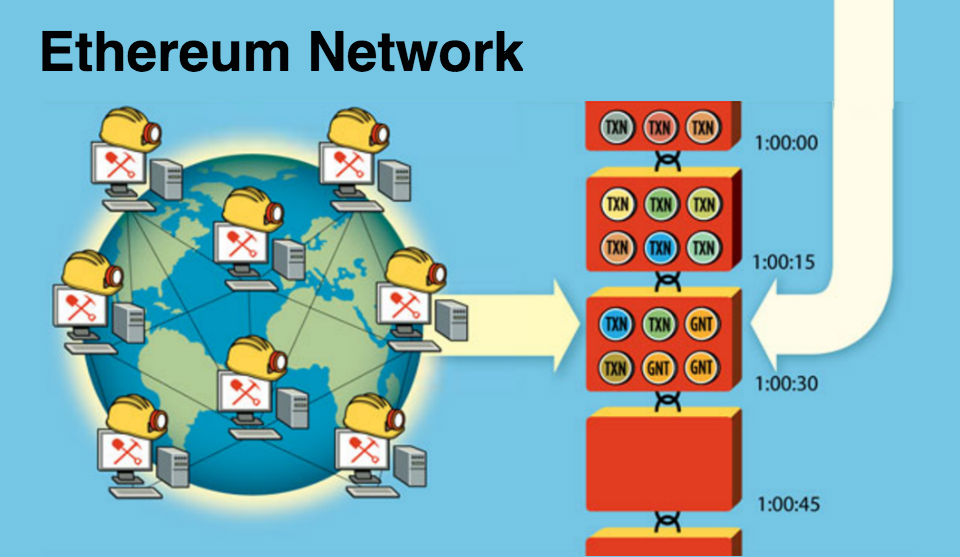
Computers supporting the Ethereum network, called miners, compete to solve a computationally intense math problem. The first to solve it wins the "block reward," which consists of newly minted coins (currently 5 ETH/block, or $1,350). The winning miner adds a new block of transactions to the ledger.

This time-stamped ledger contains every Ethereum transaction since the network launched in late July 2015. New transactions are added in blocks roughly every 15 seconds. This single source of the truth is nearly tamper-proof, as the 32,000 computers running the Ethereum software hold a copy of it. The CGI artist's GNT transactions are recorded here.